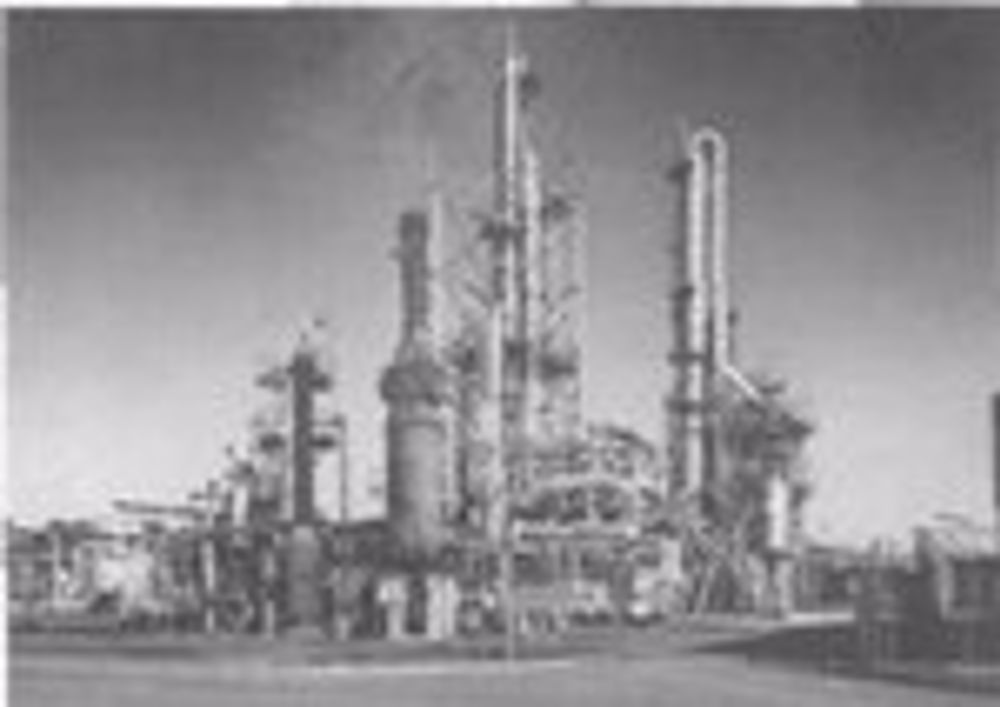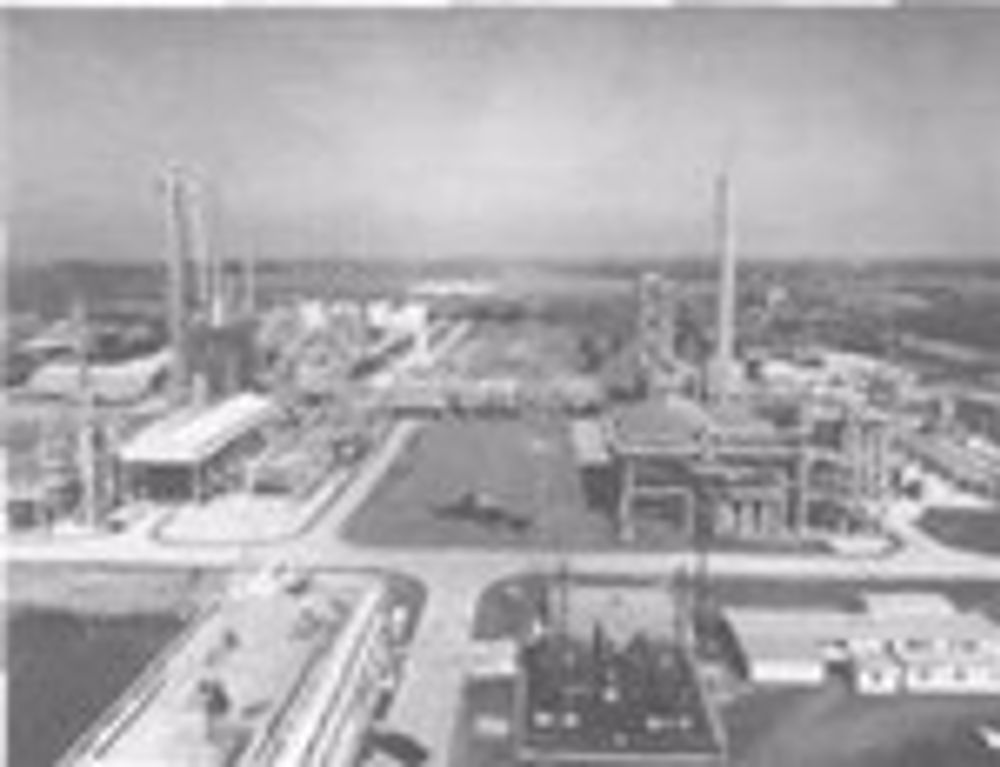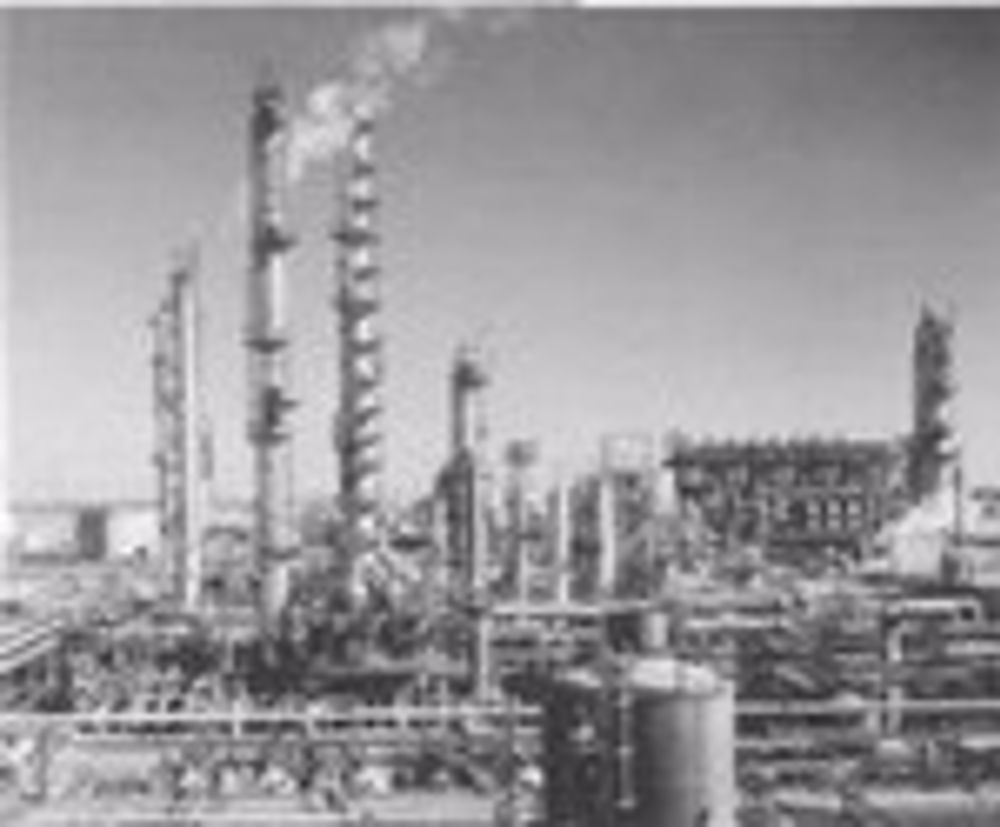Government Giveth and Government Taketh Away – Death Knell to the Australian Petrochemical Industry
In the 1950s state governments around Australia provided attractive subsidies to multi national oil companies to build basic oil refineries sized to make Australia self-sufficient in petrol. Later in the 1960s following local discoveries of natural gas further subsidies were given for the development of relatively small-scale petrochemical complexes in Melbourne and Sydney. Twenty years later world scale South East Asian plants and free trade agreements resulted in the rapid demise of the Australian industry. Development of the petrochemical complexes in Melbourne and Sydney were very different, although the only significant company producing plastics in Australia now comprises plants in both cities and a Chinese owner.
In Australia after the 2nd World War a dramatic growth in the chemical industry was fuelled by petroleum and the new technologies of the petrochemical industry. At that time Australia had neither petroleum resources nor a significant crude oil refining industry, although a few small units such as Boral’s bitumen refinery at Matraville in Sydney produced fractionated oil streams of interest to local chemical manufacturers. Petroleum and Chemical Corporation Australia Ltd (PACCAL), formed in 1953 to supplement coal gas by thermally cracking residual oil from the Boral refinery, provided a cheap petrochemical feedstock including a stream with about 17% ethylene and a crude benzene stream. The plant started production at Silverwater in Sydney in 1955, but was only the first step toward production of an economic petrochemical feedstock. In 1958 United Oil Products (UOP) in the USA announced a new process whereby benzene was alkylated with a dilute ethylene stream to produce the styrene monomer precursor ethylbenzene, utilising a new catalyst which could be safely handled in carbon steel equipment. Monsanto the largest user of styrene monomer in Australia, formed a joint venture Australian Petrochemicals Limited (APL) with PACCAL to become the first licensee of the UOP Alkar process with construction commencing in 1959 and plant start-up in 1961. In spite of some initial operating problems the plant ran successfully for over 10 years, however in 1972 it was clear that PACCAL’s life as a gas producer would be short lived. Natural gas was coming to Sydney by pipeline and the Silverwater site had a number of environmental problems. The 1973 oil crisis with its consequential fivefold increase in crude oil prices forced the styrene plant to shut down early in 1974.

Monsanto, convinced of the viability of the dilute ethylene route to ethyl benzene, but conscious of the shortcomings of the Alkar process developed an ethyl benzene process based on dilute ethylene and conventional aluminium chloride catalyst for the alkylation of benzene. With partner BHP supplying coke oven light oil from their Newcastle and Port Kembla steel plants (benzene, toluene and xylene - BTX) to a hydro-dealkylation unit producing benzene and also ethane from the recently developed Bass Strait oil and gas fields for cracking to ethylene. Monsanto formed a joint venture company with BHP, Hydrocarbon Products Pty Ltd (HPPL). The West Footscray complex commenced production in 1977, producing up to 100,000 tonne per year of styrene of which up to 40% was exported, until it was shut down on economic grounds in 2010, when it could not compete with imports from modern high-capacity plants in South East Asia.

In 1958 an Englishman, American and an Australian shared an office in St Kilda Road, Melbourne and undertook feasibility studies on behalf of the Standard Vacuum Oil Company (Stanvac) for the establishment of a petrochemical complex at Altona, 20 miles to the west of Melbourne. The resulting arrangement was not a consortium, but rather a group of companies centred around the Stanvac (later Exxon and Mobil) Altona oil refinery 4km from the complex’s site, having reached an agreement to enter into contractual arrangements with each other for supply and purchase of products between them.

The Altona Complex originally consisted of seven companies with BF Goodrich being the first to commence operations in May 1961, producing vinyl chloride and various grades of PVC. Altona Petrochemical Company Ltd (APC) started up its gas oil crackers in August 1961 producing ethylene, propylene and butadiene. Butadiene was supplied to Australian Synthetic Rubber (ASR jointly owned by Exxon, Mobil and Goodyear), producing styrene butadiene and polybutadiene rubber. Union carbide took ethylene from APC producing LDPE and HDPE. Dow Chemicals Australia (Ltd) commenced production of chlorine, caustic soda, styrene, polystyrene and ethylene dichloride and Hoechst Australia Ltd produced high density polypropylene (HDPP) and pigments from APC products. In 1967 BASF started production of expandable polystyrene and styrene acrylic dispersions.
In 1987 drastic cuts in tariff were made by the government, which had major negative impacts on the landscape of the remaining Australian petrochemical industry.
Resource:
The Chemical Industry and the Australian Contributions to Chemical Technology published by the Australian Academy of Technological Sciences and Engineering in 1988 by Jan Kolm